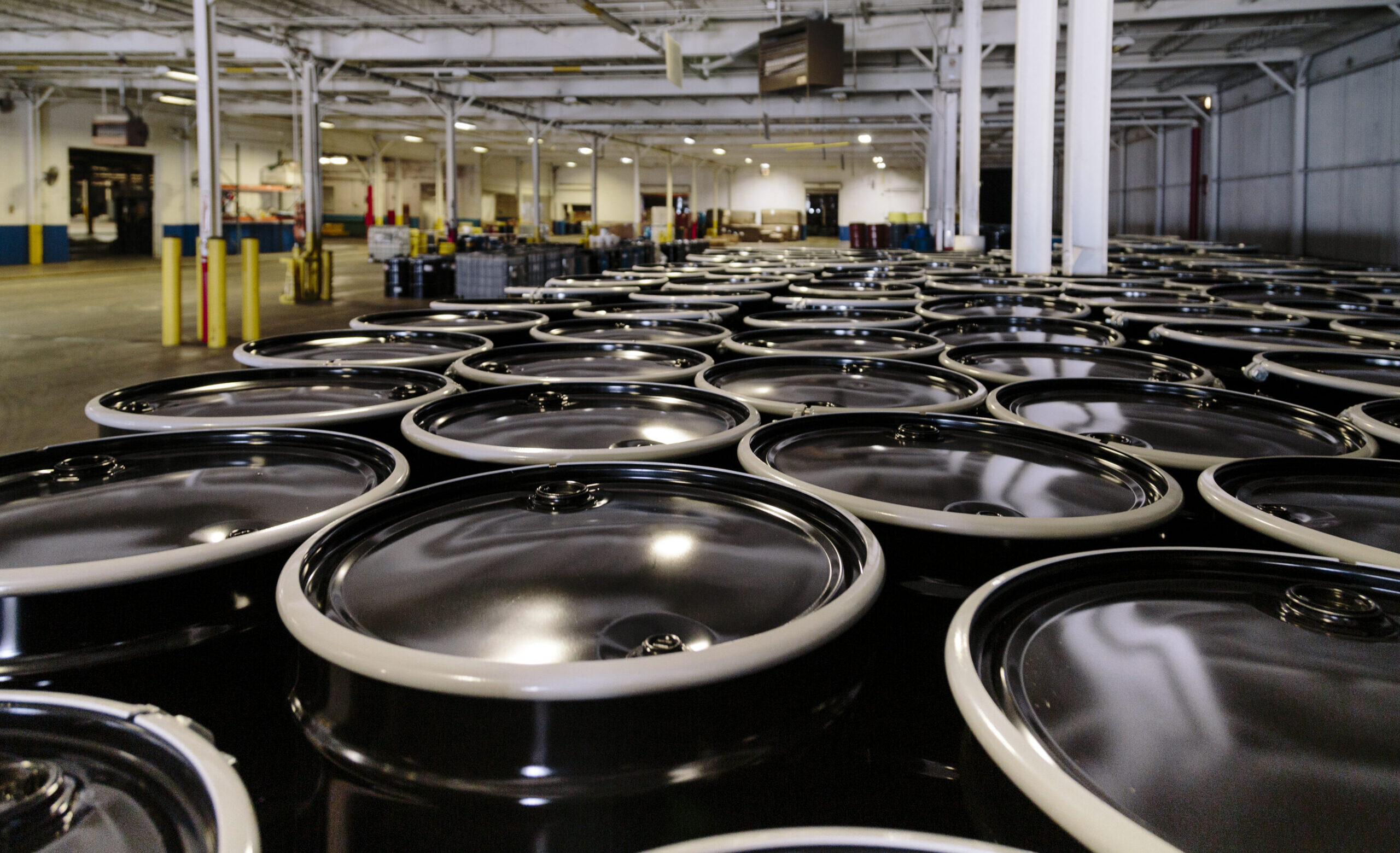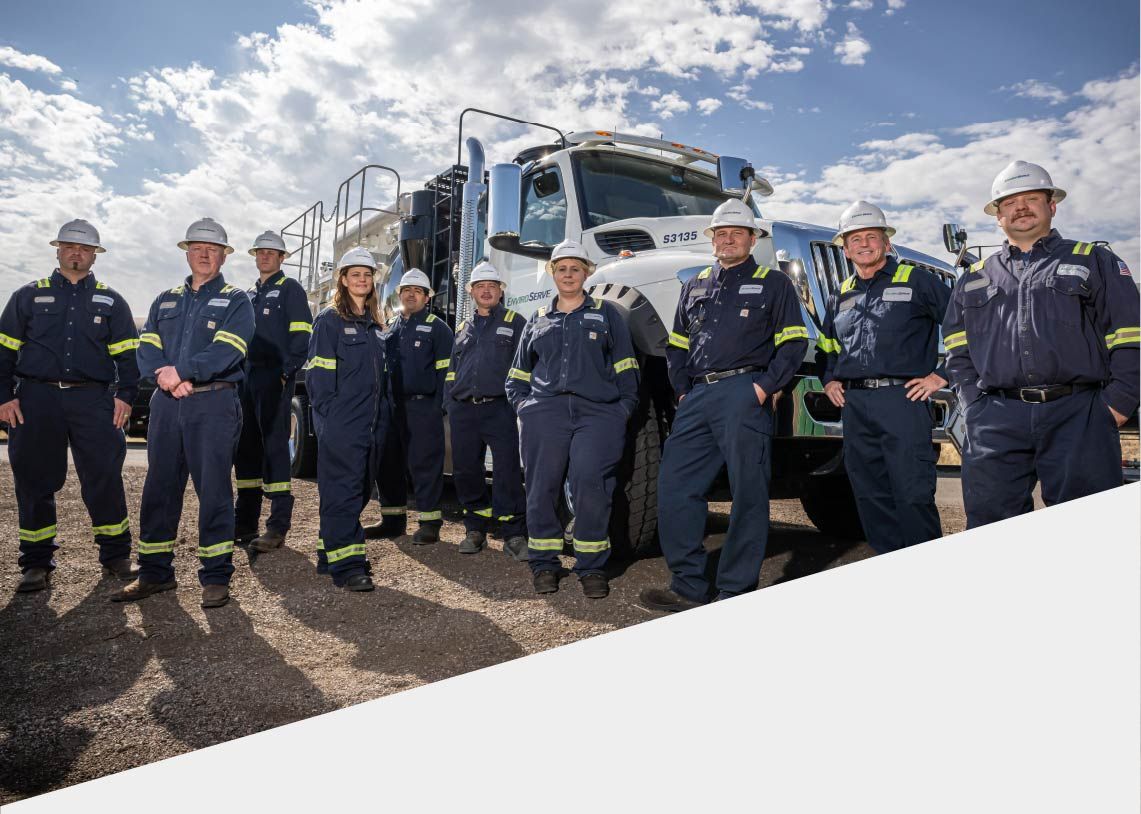4-Step Guide to Identifying Hazardous Waste
Take a look around you. The computer screen in front of you, the cell phone that just vibrated in your pocket, and the loose-leaf paper on your desk all share something in common: hazardous waste. Each of these items—and the manufacture of many other goods—produces hazardous waste as a byproduct.
Contrary to many beliefs, the production of hazardous waste is quite frequent. From 2001 to 2017, the Environmental Protection Agency (EPA) reported that the
United States generated between 20.3 to 29.1 million tons of hazardous waste each year. That’s almost 80,000 tons per day on the high end! Although this number may sound astounding, it makes more sense when you consider the breadth of sources that produce it. Activities such as manufacturing, water treatment, farming, construction, hospital lab work, and so many other industries all result in creating hazardous waste. Households even generate it in the form of batteries, electronics, unused solvents and pesticides.
What is a Hazardous Waste?
Hazardous waste is waste that exhibits properties that make it dangerous, or capable of causing harm, to human health or the environment. This waste can come in solid, liquid or gaseous form which results in different routes of exposure. Whether the material can cause harm from leaching into groundwater used for drinking or inhaled via particulate matter in the air, many regulations are in place to ensure hazardous waste is disposed of properly to protect our communities and the environment.
How to Identify Hazardous Waste
When identifying hazardous waste, there are four vital questions that must be answered:
1. Is the material a solid waste?
In order for a material to be a hazardous waste, it must first be considered a solid waste. Solid wastes are materials that are either discarded by being abandoned, inherently waste-like, or recycled in certain ways. Although it may seem contradictory, a solid waste can be solid, semi-solid, liquid, or a contained gas.
Examples of materials the
Resource Conservation and Recovery Act (RCRA) identifies as solid waste include:
- Garbage or refuse
- Sludge from a wastewater treatment plant
- Byproducts from a waste supply treatment plant or air pollution control facility
- Discarded material resulting from industrial, commercial, mining and agricultural operations, or from community activities
If the material does not meet the definition of a solid waste, then it cannot be considered a hazardous waste.
2. Is the waste excluded from the definition of solid waste or hazardous waste?
It is important to note that certain materials are excluded from the solid waste or hazardous waste definition due to Congressional action or EPA Rulemaking. This may be due to public policies, economic impacts, the lack of significant data, or the impracticability of effectively regulating the waste.
If the material is explicitly excluded, then it is not a hazardous waste.
For more details on exclusions, visit CFR section
261.4(a) and 261.4(b).
3. Is the waste a listed or characteristic hazardous waste?
When hazardous, a waste will have at least one listed waste code associated with the material or meet at least one of the characteristics of a hazardous waste.
Although there are hundreds of specific listed waste codes, they are separated into four lists:
- F-List - Identifies hazardous wastes from common manufacturing and industrial processes. These wastes are also called wastes from non-specific sources because the processes that create them can occur in different sectors of industry.
- K-List - Identifies hazardous wastes from specific industries and are also called source-specific wastes. Examples of these specific industries include pesticide manufacturing, steel production, and petroleum refining.
- P-List and U-List - Identify hazardous wastes that are unused chemicals in their commercially pure grade, technical grade, or a formulation for which the chemical is the sole active ingredient form that is being discarded.
Additionally, there are four properties that determine a
characteristic waste: ignitability, corrosivity, reactivity and toxicity. When one or more are present in a waste, the material is regulated as hazardous.
- Ignitability - Includes liquids with a flash point below 140 degrees Fahrenheit, spontaneously combustible solids, and ignitable compressed gases.
- Corrosivity - Refers to wastes with a pH of less than or equal to 2 (acidic) or a pH of greater than or equal to 12.5 (basic).
- Reactivity - Refers to waste that may be unstable under normal conditions, may react with water, may release toxic fumes, or may detonate under normal conditions or when heated.
- Toxicity - Refers to waste containing one or more of these 39 constituents that are harmful when ingested or absorbed such as Arsenic, Benzene, or Cadmium.
If the discarded material does not have a single waste code or meet one of the four characteristic waste properties, the material is not subject to
RCRA Subtitle C Regulations, and it is not a hazardous waste.
4. Is the waste delisted?
The last question we must answer to determine if a material is a hazardous waste is whether the material is delisted. Delisted wastes are wastes that were specifically petitioned to the EPA or another authorized regulatory agency to not be considered a hazardous waste. To do this, the generator must reach out to one of the ten regional EPA offices with their data.
If the material is delisted, it is not classified as a hazardous waste.
How can I get help with my hazardous waste?
For more information on
hazardous waste disposal, reach out to EnviroServe. With 30 years of experience in hazardous and non-hazardous waste disposal and transportation, we can help you navigate waste requirements. Call (800) 488-0910 for all your
waste management needs.

